 |
|||||||||||||||||||
|
Dalmatia extends from Zadar in the north to the southern border, so if your are traveling from anywhere in the north to Dubrovnik, as we did in June, 2003, you will travel through Dalmatia. The scenery is varied, from the high barren Dinaric Alps in the east to the coast and islands in the west. We traveled south along the coast, stopping at several camping spots along the way. The coast is dotted with small villages and thankfully, very little major development with high rise hotels. The beaches, though rocky, are exceedingly popular, both among the tourists as well as the locals.
The campgrounds are usually near the beach and near towns or villages. The photo above left is the early morning view from our campground near Trogir. The water was crystal clear and warm, making for a wonderful refreshing swim after a day of travel. Because the beaches are not sandy, there are often concrete extensions into the water to allow easy access without having to walk over the pebbly bottom which is tough on tender feet. There is almost always a promenade along the beach, allowing access to the nearby village for restaurants and markets. We found most campgrounds to have their own market which was quite convenient for those of us who don’t have space to carry food along. Almost all markets, whether in the campground or in town, opened quite early in the morning (usually opening between 6 and 7 am) so we could buy our fresh bread, yogurt and juice first thing in the morning.
As we walked around the villages it was obvious that earlier tourism booms had been disastrously ended with the fighting in the 90’s. Restaurants, hotels, and shops now stand unused, simply deteriorating from disuse. However, with tourism now on the rise again, people are busy building again and signs of prosperity are visible. Almost all communities have many houses displaying signs for “Sobe, Rooms, Zimmer, Camere” for the visiting tourists. Camping signs often refer to the space in someone’s front yard. Everyone is trying to get some of the tourist Kuna. Almost all the yards have a large garden with tomatoes, beans, eggplant, peppers, potatoes, and fruit trees. The local markets tend to be a conglomeration of all this produce which we often enjoyed.
When you walk into the Peristyle, a large, colonnaded square, the Roman architecture is immediately obvious. The vestibule (above, left) at the end of the colonnade is quite imposing as is the cathedral with its neo-Romanesque tower (above, right). Below the vestibule, several shops are now operating in the cool environment of the excavated basement halls. In the harbor area in front of the palace, there are cafes galore, but only one restaurant that we could find. Evidently the people here do a lot more drinking than they do eating!
And of course along the coast, you always have the opportunity of catching a dramatic sunset, depending on the conditions (below).
|
|||||||||||||||||||
|
If you find typographical errors or have any other problems when looking at the site please contact the Webmaster describing the problem and the page involved. |
|||||||||||||||||||
|
Copyright © 2000-2009 Jim Seavey and Verna Norris All Rights Reserved |
|||||||||||||||||||
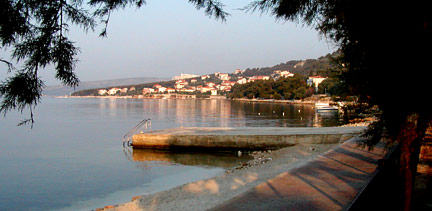
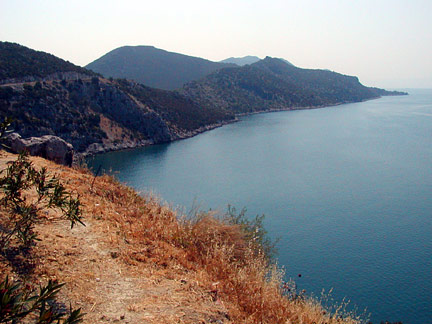
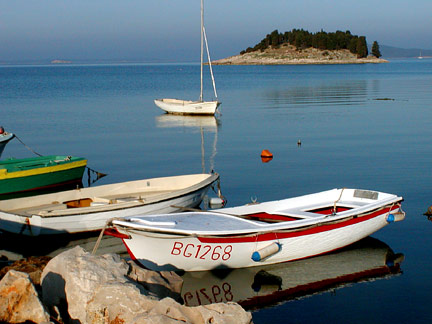 There are islands along most of the coast and therefore the water is relatively smooth, especially in the morning and evening. The photo above was taken in Pakostane where there are numerous small islands off the coast. In town you can get a boat excursion to the nearby Kornat islands, a Croatian national park.
There are islands along most of the coast and therefore the water is relatively smooth, especially in the morning and evening. The photo above was taken in Pakostane where there are numerous small islands off the coast. In town you can get a boat excursion to the nearby Kornat islands, a Croatian national park.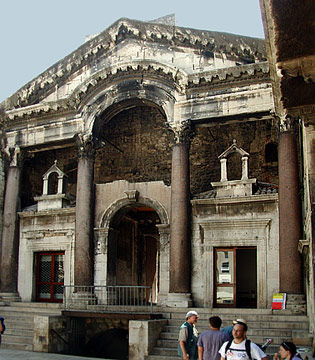
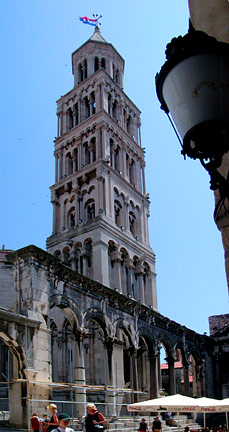
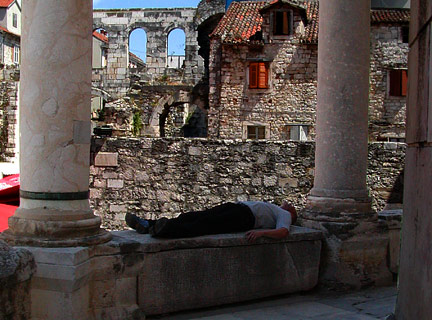
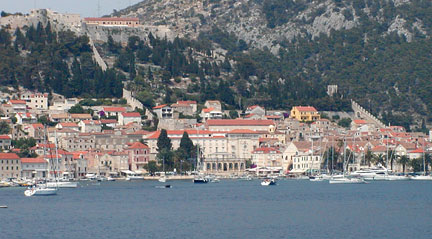
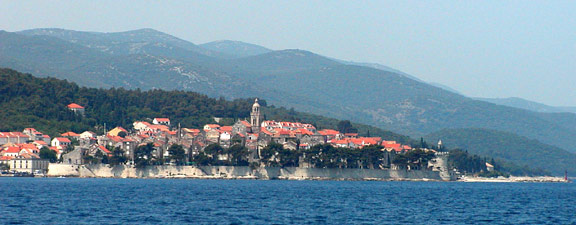
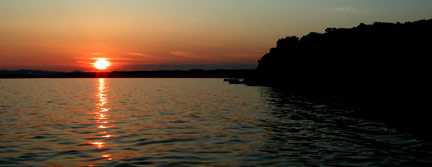 Heading northward, we left the coast at Split and pointed our way northeastward toward Zagreb. To our pleasant surprise, the road was in good condition and for the first day of our journey to the
Heading northward, we left the coast at Split and pointed our way northeastward toward Zagreb. To our pleasant surprise, the road was in good condition and for the first day of our journey to the